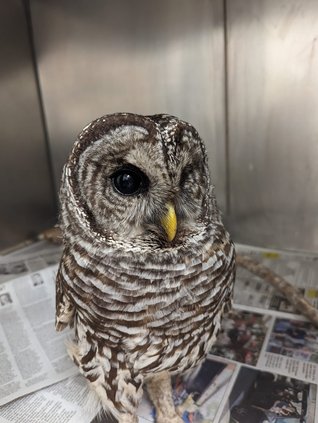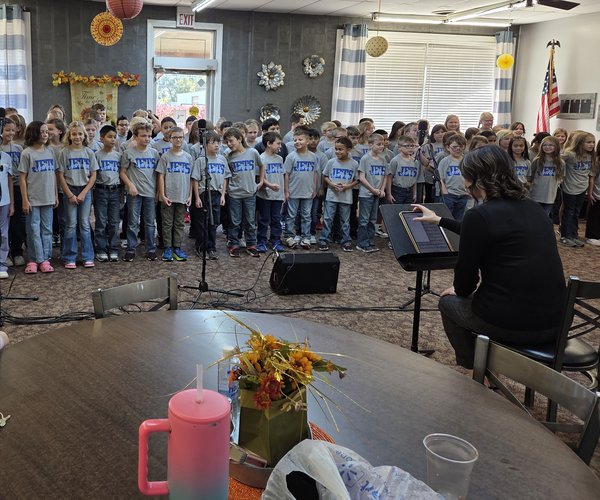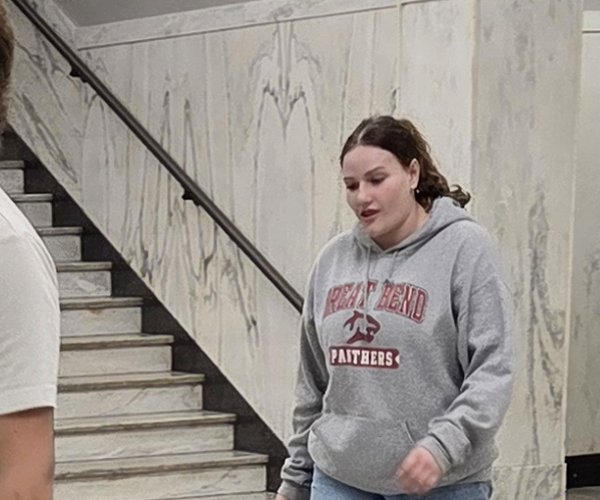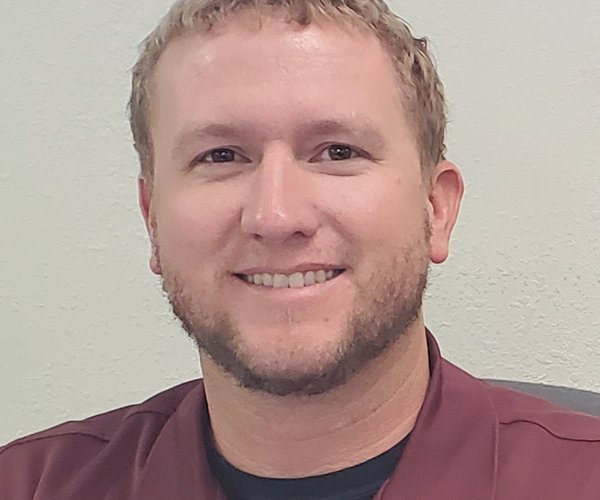What becomes of pumpkins that aren't used for Halloween jack-o'-lanterns? Some find their way to the Great Bend Brit Spaugh Zoo, where lions, bobcats, cougars, clouded leopard and even bears have a lot of fun tossing them around and tearing into them with their claws and teeth.
It was mid-October when someone placed about 10 pumpkins outside the doors to the zoo's main entrance, the Raptor Center. Zookeepers posted a photo on Facebook, thanking whoever made the donation. “These are a favorite enrichment item for our animals (and their keepers),” the staff advised. Now several videos have been added showing animals enjoying their orange “prey.”
Bird rehab
One behind-the-scenes activity that goes on at the Great Bend Zoo is the rehabilitation of injured raptors, or birds of prey. The goal is to release them back into the wild once they are able to survive on their own, Zoo Director Ashley Burdick said.
“We’ve not had a ton of birds come through the raptor rehabilitation program this year, but we’ve been fairly successful,” she said. “So far, of the birds that were able to be rehabilitated, we’ve released eight, with a release rate of 47%. The national average is generally between 30-60% for releases at other facilities.
“Rehabilitation of birds can be especially difficult because of their bone structure,” she continued. “Since birds typically have smaller bones and those bones are hollow for flight, repairing them can be challenging, costly and not always effective or practical. Often when a bird finally shows that it is in distress, it has been injured for quite some time and the wounds or bone breaks may already have started healing in a fashion that is not conducive to flight, or they may be beyond repair.
“Foot injuries are also brought in from time to time, and since most raptors rely on their feet to catch prey, they can be tricky as well.”
The goal of rehabilitation is always release, but when that is not possible the birds may be placed in other zoos or nature centers for educational purposes.
“While not every bird is a good candidate for this option, some can settle into this well,” she said.
“Birds are also challenging as they require their wings to function properly in order to survive. Agile flight is required for them to hunt and sustain themselves and some species must migrate out of our area during the winters.”
A variety of raptor species have come to the rehab facility: Hawks, eagles, falcons, vultures and owls. The most common species are Mississippi Kites, Red-tailed Hawks and Great Horned Owls.
“The most common reasons we have birds brought in are due to being hit by cars and fledglings/nestlings blowing out of nests during storms or removed from their parents while they are learning to fly. Other reasons for intake include secondary poisoning by rodenticide, lead poisoning, window strikes, and we currently have an American Kestrel in rehab that was caught in a wildfire and its flight feathers were severely singed. Birds molt their feathers one or two times per year, so we are waiting for this individual to finish re-growing new feathers. We are optimistic it will be back in it’s natural habitat soon!”
If you believe you have found an injured bird, contact a licensed rehabilitater or a game warden for the best course of action, Burdick said. Trying to care for a raptor yourself is illegal and can lead to costly fines. In addition to that, “it “can be difficult and dangerous for both you and the bird if you do not possess the skills to care for them properly.”
Send questions about the zoo to sthacker@gbtribune.com.





